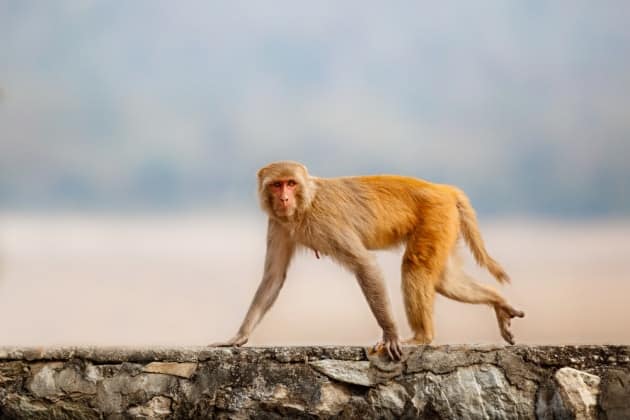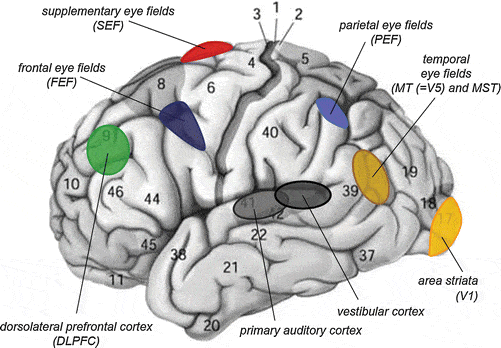
Risk and gamble. The monkeys reveal the risk mechanisms.
Risk and gamble, what their relationship is a research conducted on monkeys.
There are many studies relating to the areas of the brain involved in gambling. The goal of research of this type is to investigate What happens when you choose to take risky behavior. In this way, you think, you can also find a way for “cure” The pathologies related to the game.
A search carried out on the macaques allowed to identify one in the cerebral cortex Region that would be responsible for taking risky decisionsnull This discovery on the risk and gamble relationship was published in the magazine Current Biology And he involved two macaques who were initiated to gambling.

Thanks to this study that focuses on neural circuits, it will be possible in the future to treat dependence on the game. Or at least so hopefully.
Furthermore, The study highlighted Something more about the attitude of the game. We tend to believe, in general that The propensity for the game is an element of the personalitynull But this is not always considered is the fact that you can often have a selective risk propensity. That is, you can have the tendency to risk in some areas, and not in others.
Risk and gamble: the areas of the brain concerned
The information on the areas of the interesting brain in gambling was already known. The prefrontal cortex is in fact known to be responsible for the decision -making processes that involve risks. But apparently There is a specific portion of the cortex, responsible for the decisions that can be defined “Azzardate”.
During the experiments on the risk and gamble relationship, the primates were trained precisely in gambling. The prize for them was represented by different doses of water. There were two proposals for them: win 10 milliliters of water with a low probability of 20%, or win 3 with high probability, 80%. It has been seen that the monkeys tended to choose the first option, when they didn’t have much thirst. So it emerged in them The element of pleasure linked to risk and victorynull The fascinating discovery lies in the fact that by deactivating the affected area, this attitude for risky choices has decreased by 30-40%. This area is called SEFs that stands for Supplementary Eye Field, And with this study it was identified as the manager in this type of choice.

The consequences on the gambling of humans
This discovery is very important because It has made it possible to identify, in an extremely precise way, the area of the active brain when it is ventured. The behaviors of primates interested in risk and gamble, they tell us a lot about what humans do when they approach gambling. For example, scholars have also noticed how The monkeys that, risking, obtained a victory, were more inclined to risk again.
Somehow this sef area has direct effects on the propensity of monkeys, and probably also humans, to make bold bets. Attracted by a greater reward, primates tend to risk. In the future, acting in some way precisely on this area could be useful for those who are suffering from game related pathologies.
No doubt, The risk factor, linked to a reward, is what makes the various gambling games, online and not, funnynull Nobody would spend time with a game in which you spend 1 and earn 1 with the probability of 100%. Indeed, net relationship between risk and gamble, At least the win is likely, the more fun, the more fun, and the final prize satisfactory. And this mechanism, you know, is from the origin of the times underlying the success of gambling. Based on your risk propensity then you will choose a game with greater or lesser chance of victorynull AAMS online casinos are full of Games for Casino different and for everyone it is clearly indicated the probability of winningnull In this way, based on the games we choose, we can also understand a lot about our risk propensity and the personal relationship that we establish between the risk and gamble.
